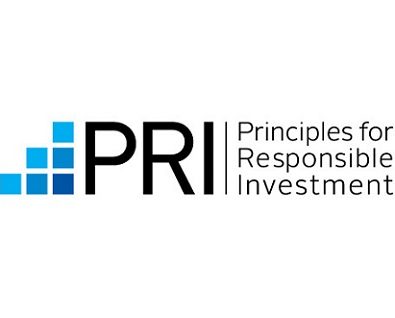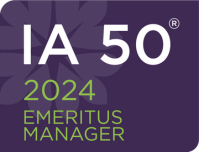In 1962, Rachel Carson’s Silent Spring issued a stern warning against neglecting the immense risks of hazardous chemicals use, especially in pesticides.
Her book helped encourage policymakers to take a hard look at the widespread application of DDT, a harmful pesticide, adding fuel to a burgeoning environmental movement that resulted in historic laws and the creation of the US Environmental Protection Agency (EPA).
From 2014 to 2015, I spent time as a senior advisor to the head of the EPA. Not many people realize that the chemicals we use to disinfect our spaces — usage of which has dramatically increased during this pandemic — haven’t changed for generations, and neither has the risk that comes with them. In fact, those chemicals are regulated by, you guessed it, The Office of Pesticide Programs at the EPA.
Don’t get me wrong, if used properly and carefully, chemical-based disinfection can lessen certain health risks — but not without bringing about risks of its own.
We don’t have to accept those risks as the norm. We don’t have to rely on hazardous chemicals to disinfect our classrooms, offices, or gyms. We can do better.
To read more please visit rzero.com











